What Size Exhaust Fan for Bathroom
Jaw0686
10 years ago
Related Stories

KITCHEN DESIGNHow to Choose the Right Hood Fan for Your Kitchen
Keep your kitchen clean and your home's air fresh by understanding all the options for ventilating via a hood fan
Full Story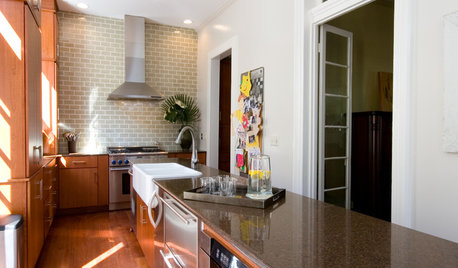
CEILINGSCeiling Fans: Some Spinning Sensations
How to Match Your Fan With Your Space and Keep Cool in Style
Full Story
KITCHEN APPLIANCESLove to Cook? You Need a Fan. Find the Right Kind for You
Don't send budget dollars up in smoke when you need new kitchen ventilation. Here are 9 top types to consider
Full Story
DECORATING GUIDESAre Ceiling Fans the Kiss of Death for Design?
Ceiling fans get a bad rap for being clunky and outdated, but these streamlined styles and a bevy of pros beg to differ
Full Story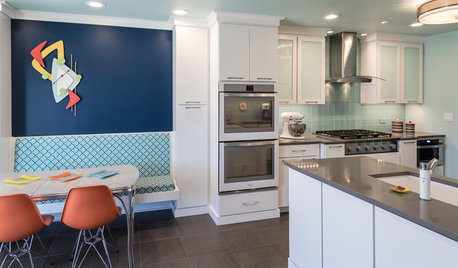
KITCHEN OF THE WEEKKitchen of the Week: Fans of Traditional Style Go For a ‘Mad Men’ Look
The TV show inspires a couple to turn their back on the style they knew and embrace a more fun and funkier vibe in their kitchen
Full Story
DECORATING GUIDES21st-Century Looks for Shabby Chic Fans
How to update a style that's been popular since the 1990s? With new colors, crisper lines and contemporary settings
Full Story
Guest Picks: Gifts for Bicycle Fans
Get your holiday shopping in gear with cycling-celebrating artwork, bedding, lighting and more
Full Story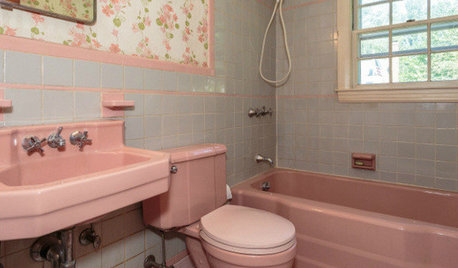
BATHROOM COLOR8 Ways to Spruce Up an Older Bathroom (Without Remodeling)
Mint tiles got you feeling blue? Don’t demolish — distract the eye by updating small details
Full Story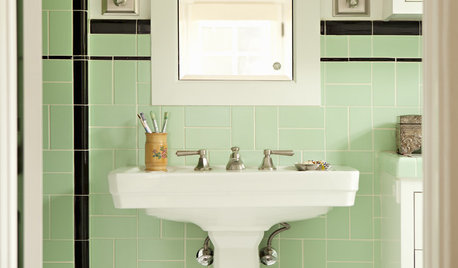
BATHROOM DESIGN9 Surprising Considerations for a Bathroom Remodel
Don't even pick up a paint chip before you take these bathroom remodel aspects into account
Full StoryMore Discussions






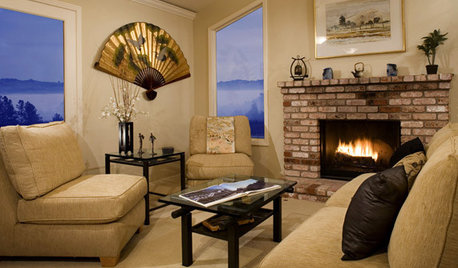
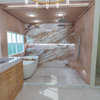

Babka NorCal 9b
OldTimeCarpenter1
Related Professionals
Hammond Kitchen & Bathroom Designers · Roselle Kitchen & Bathroom Designers · Plainview Kitchen & Bathroom Remodelers · Bellevue Kitchen & Bathroom Remodelers · Pearl City Kitchen & Bathroom Remodelers · Port Angeles Kitchen & Bathroom Remodelers · Spokane Kitchen & Bathroom Remodelers · Fort Myers Glass & Shower Door Dealers · Springville Glass & Shower Door Dealers · Tampa Glass & Shower Door Dealers · Victorville Glass & Shower Door Dealers · Aurora Window Treatments · Creve Coeur Window Treatments · Rancho Santa Margarita Window Treatments · Brownsville Window Treatmentsppmd01